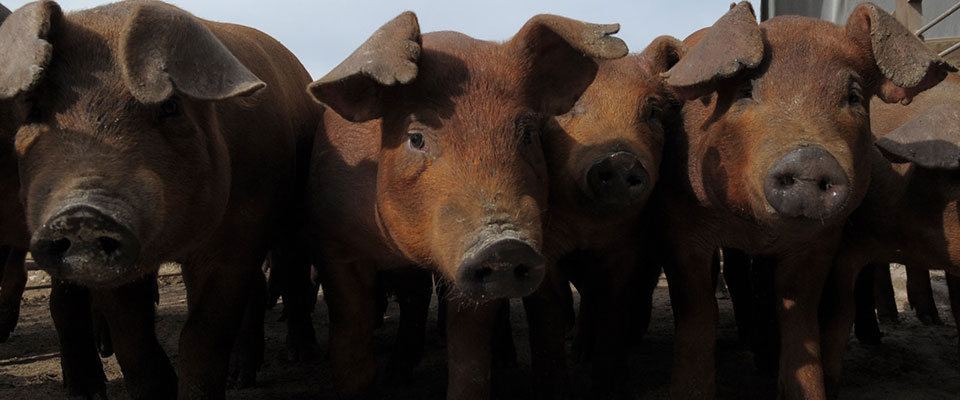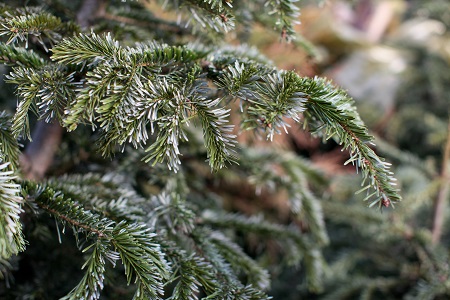Kansas State University researchers and representatives of Kansas Wheat have published updated findings on the value of feeding wheat to pigs.
What they’ve found is good news for swine producers and wheat growers.
“Our data collected from 2014 to 2020 suggests that wheat’s mean energy content is 99% and 98% of corn for digestible energy and metabolizable energy, respectively” said Joel DeRouchey, a swine specialist for K-State Research and Extension.
Bottom line: Wheat can be used at a similar rate as corn in those areas where wheat is available, without a major decrease in the diet energy density.
“The use of wheat co-products for the milling industry is a common practice in feeding livestock,” DeRouchey said. “For wheat, there are many different classifications of co-products, such as wheat middlings, wheat millrun, wheat shorts and wheat red dog.”
K-State formed a partnership with Kansas Wheat to update what is known about the nutritional value of wheat and wheat co-products.
“Wheat milling co-products – including bran, middlings and shorts – provide good nutritional value,” said Aaron Harries, the vice president of research and operations for Kansas Wheat. “In particular, those products have high phosphorus content, which results in less supplemental phosphorus in the diet, and reduced costs for the producer.”
The two organizations have published the updated research in three fact sheets now available online from Kansas State University. The three publications are:
According to DeRouchey, key findings in the fact sheets include:
- Wheat contains higher levels of crude protein and amino acids compared to other cereal grains. “This allows for less soybean meal inclusion in the diet.
- Wheat’s standardized ileal digestibility of amino acids is similar to corn, but greater than barley and sorghum,” DeRouchey said.
- The phosphorus content of wheat is 0.27%, and has very high digestible phosphorus because it contains intrinsic phytase.
- Pelleted wheat diets have been found to have significantly greater pellet durability index, as much as 33.1% compared to corn-based diets. “Even if wheat is not used as the main cereal grain (in a swine diet), it can be incorporated into diets as a pelleting aid,” DeRouchey said.
Harries notes that the updated findings on feeding wheat to swine “provides valuable new information for swine feeders.”
“It allows farmers to consider swine feeding as an alternative marketplace for their wheat,” he said.



